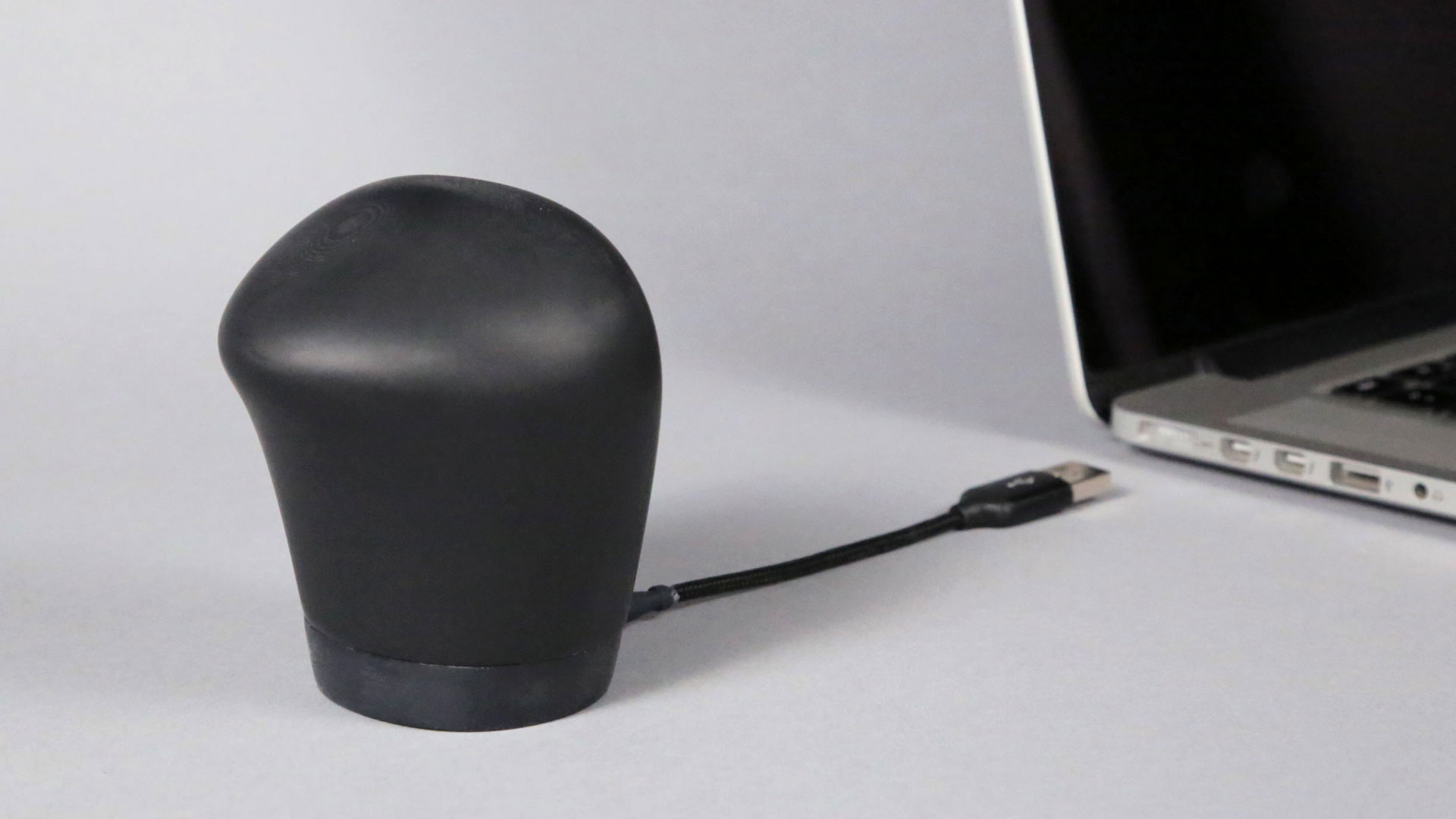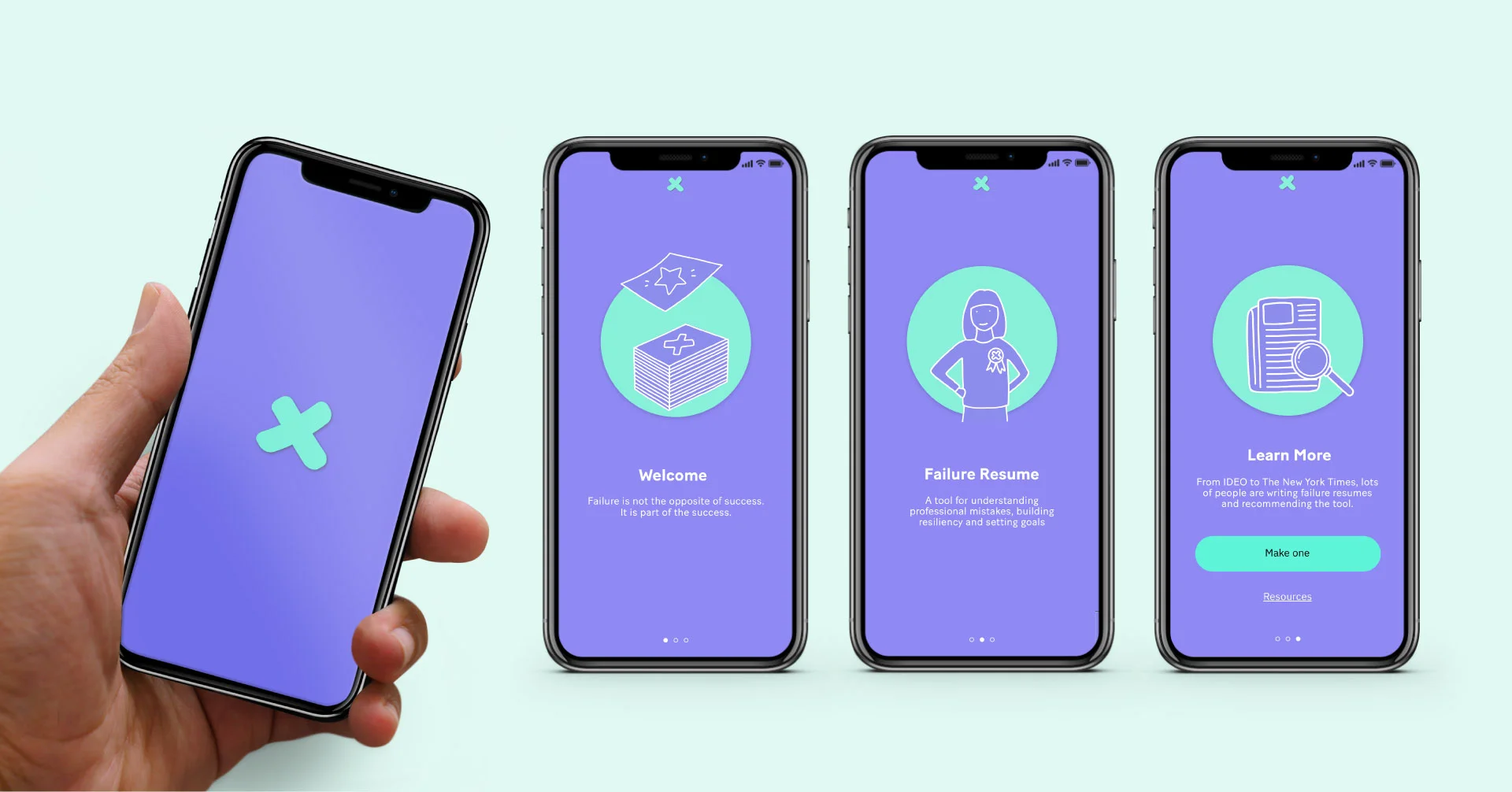THE AHA MOVEMENT: The Creative Process at Work
Ellen Rose’s thesis, The Aha Movement: The Creative Process at Work began as a dissection of the creative process from a psychology and neuroscience standpoint, and evolved into an exploration of how design might be used to foster a team’s collective creative practice. “The kinds of problems companies face today are complicated, ambiguous and global. They can no longer be solved by individuals, but rather require the collective energies and skills of diverse and highly creative teams,” Ellen observed. She saw an opportunity to design products and services that cultivate creativity in the workplace based on the fundaments of trust, resilience and the chance for coincidence.









Crystal Hammer
Crystal Hammer is a desktop objet d’art that serves as a symbol the creative process. Crystal Hammer is designed to sit on an individual’s desk at work like a badge of honor, celebrating the contradiction that’s inherent in creative thinking, and declaring that its owner is creatively self-aware. Ellen believes that “the essence of creative thinking is the resolution of disparate ideas to create a new idea.” Her inspiration for this product came from Edward de Bono’s foundational text, Lateral Thinking, in which he proclaims “contradiction for the sake of contradiction is necessary.”
Co-Creation Workshop & Office Party Card Game
Ellen invited a group of New York City creative professionals to a co-creation workshop, in which they discussed and brainstormed how to make their workplaces more creative. Ellen prepared two exercises, Office Party, a word-pairing card game, and Arrange-a-Change, a game in which participants created dioramas of a workplace optimized for creativity. Through the workshop, Ellen learned that while physical environment plays a role in encouraging workplace creativity, a sense of support from co-workers and a sense of agency over the space and the creative process were even more important.
RAT
RAT is a speculative product that explores what’s at stake if, in the future, the creative process is corrupted by efficiency-obsessed corporations. RAT is an Internet of Things device that integrates with the creative workplace of the future. It’s named after Remote Associates Tests, which are word games that researchers use to study creativity in the brain. The RAT device displays Remote Associates Tests on the screen on its base (like a Magic 8 Ball) and keeps track of employees’ responses. Correct answers mean a higher “Creativity Quotient,” and incorrect answers mean you could lose your job. RAT is voice-recognition enabled, and accepts answers only from its owner and no-one else. This ensures that creatives are truly forced to work by themselves and cannot accept help from other employees.
Failure Résumé App
The Failure Résumé app is a workplace development tool that aims to change the conversation around failure by highlighting an employee’s defeats rather than their accomplishments. The app walks users through making their own Failure Résumés, which they then share with co-workers in a facilitated workshop. Through these candid conversations, team members connect with one another, build resilience, and identify professional skills that can be better developed.
RECESS
RECESS is a workshop designed for creative teams to collaborate in-person rather than through collaborative software, and learn techniques for sparking fluid and flexible thinking. The workshop consists of five exercises, to be completed either in pairs or in groups. The exercises are Partner Portraits, Partner Poetry, Manifesto Collages, Confetti Challenge and Spontaneous Choreography. They are deliberately hands-on exercises that Ellen developed based on research into social psychology testing scenarios, the neuroscience of dance, and the Surrealist art movement.
To learn more about Ellen Rose’s work, take a look at his projects in more detail on ellenhillrose.com.



















